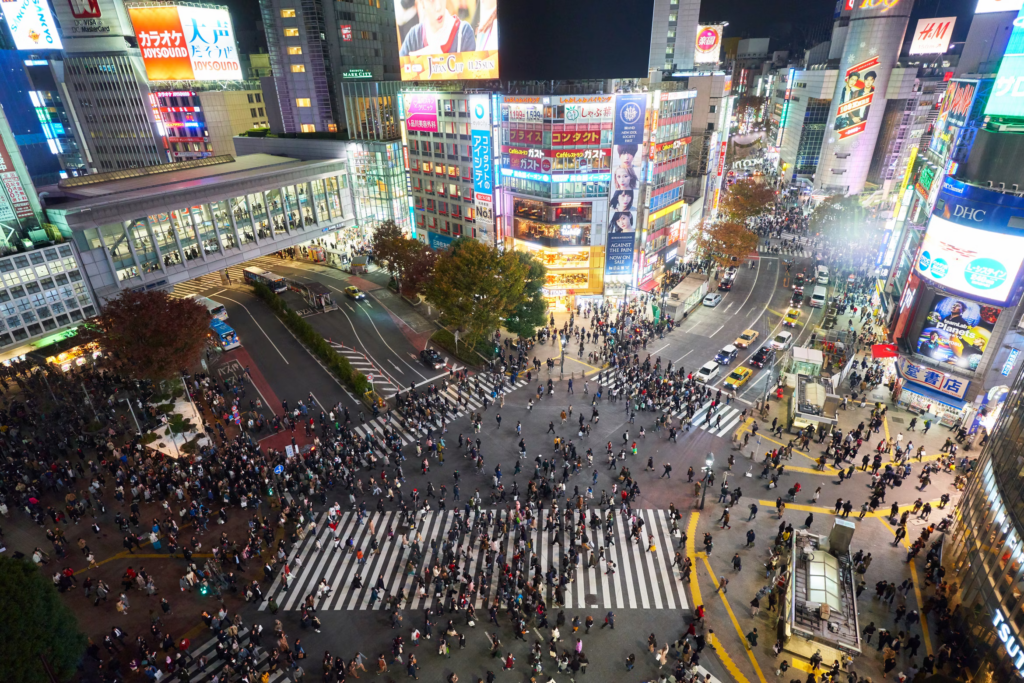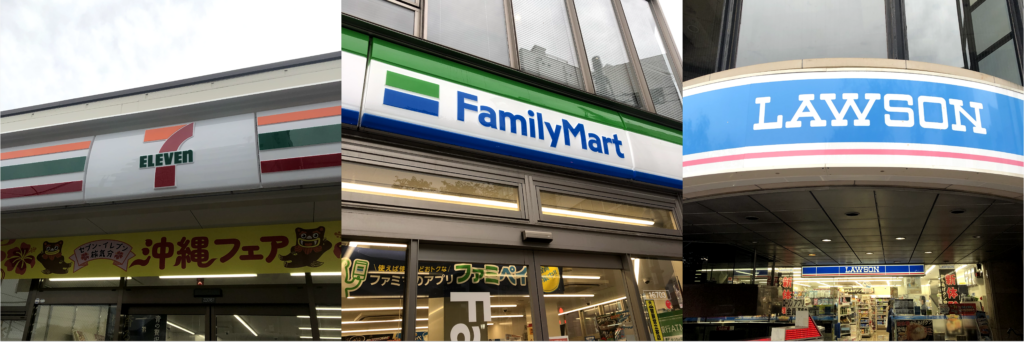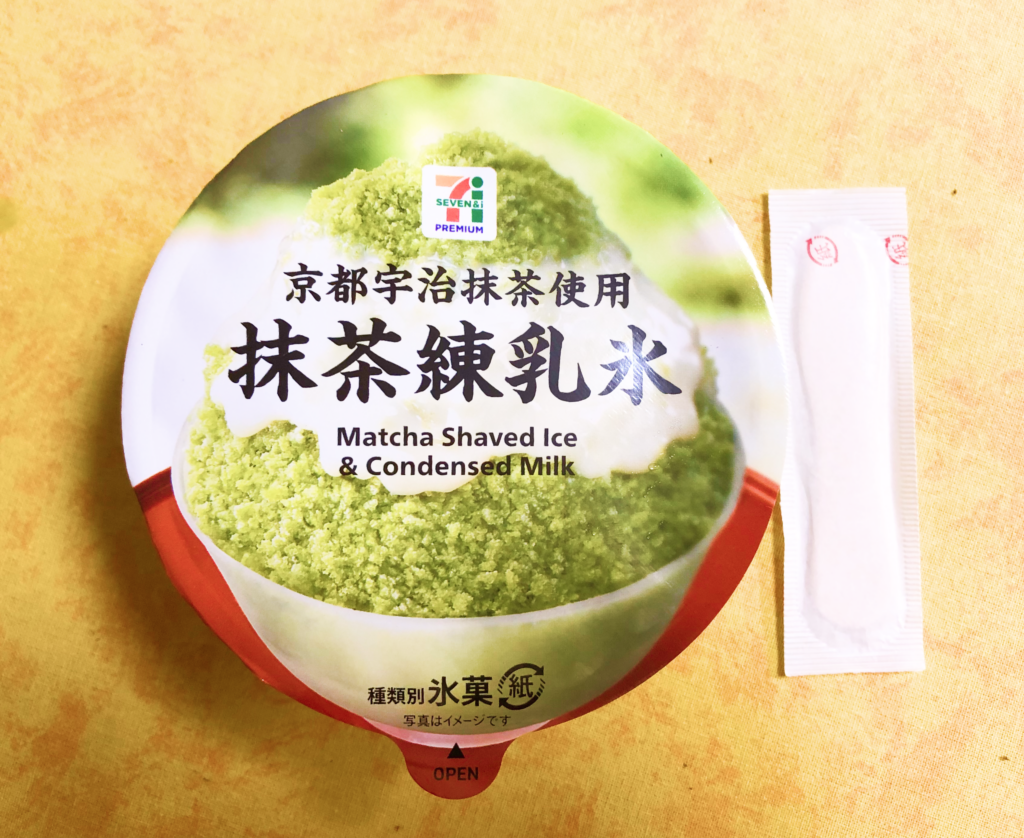Radish to romanesco: A year in vegetables
February 20th, 2025
4 min
Datawrapper lets you show your data as beautiful charts, maps or tables with a few clicks. Find out more about all the available visualization types.
Our mission is to help everyone communicate with data - from newsrooms to global enterprises, non-profits or public service.
We want to enable everyone to create beautiful charts, maps, and tables. New to data visualization? Or do you have specific questions about us? You'll find all the answers here.
Data vis best practices, news, and examples
250+ articles that explain how to use Datawrapper
Answers to common questions
An exchange place for Datawrapper visualizations
Attend and watch how to use Datawrapper best
Learn about available positions on our team
Our latest small and big improvements
Build your integration with Datawrapper's API
Get in touch with us – we're happy to help
This article is brought to you by Datawrapper, a data visualization tool for creating charts, maps, and tables. Learn more.
Hi, this is Aya from the support team at Datawrapper. You can usually find me answering your questions at support@datawrapper.de.
It’s four in the morning here in Tokyo and I’m struggling to settle on a topic for my Weekly Chart. In a weird hour like this, my favorite place to grab a midnight snack is a convenience store just around the corner.
In Berlin, there are Spätis. It’s tabacs in Paris. There’s a corner store in every country, and in Japan we call them “konbini.” But a konbini is not just a place where you can get food and drinks. It’s where I used to hang out with friends or print out school assignments when I was younger. I use their bathrooms, ATMs, garbage boxes, and electrical plugs on a daily basis.
Here is a list of many other things you can do in a typical konbini:

The biggest convenience for me is that they’re open 24/7 and they’re everywhere. The first convenience store in Japan opened sometime in the 1970s, and now there are more than 56,000 around the country. Just in Tokyo, there are close to 8000.
In an attempt to quantify and visualize this ubiquity, I decided to see how many stores I could find within a one-kilometer radius in central Tokyo.

Within one kilometer of the famous Shibuya Scramble Crossing, I found 114 convenience stores. Sometimes you’ll even find multiple stores from the same chain on the same block! And this isn’t even the densest area of Tokyo.
Obviously, the density and the types of convenience stores you find will vary across the country, which is visualized beautifully in this Twitter thread. I’m currently staying in the outskirts of Tokyo, but even from my quick 10-minute walk I passed more than eight stores and managed to take photographs of the three top chains in the country: 7-Eleven, Family Mart, and Lawson.

To create the map above, I used Yahoo!’s Local Search API to search for convenience stores within a kilometer of the Scramble Crossing. Since I had around 100 markers, I uploaded them as a CSV file to my locator map. Then I used Hans’ tool to draw the 1 km circle and geojson.io to draw the dashed radius line, and imported both as custom markers. Datawrapper locator maps have an option to turn on the 3D buildings, and you can also tilt the perspective slightly by pressing ctrl + drag.
These stores are convenient, but that comes with its own issues. With so many stores operating 24/7, there’s a constant labor shortage. Food waste is another issue. Abundant choice of hot food, lunch boxes, and constant supply of new limited editions — a lot of them have to be discarded at the end of the day. But... who can say no to the more than thirty options of ice cream at 4 AM?

It’s definitely a fun place to visit if you’re in Japan. It’s a microcosm of people’s necessities and what’s trending in the country. Is there a convenience store where you live? What do you mostly use it for?
That’s it for this week! If you’ve read this far, thank you. Next week, Eddie will be back with her Weekly Chart. See you then!
Comments